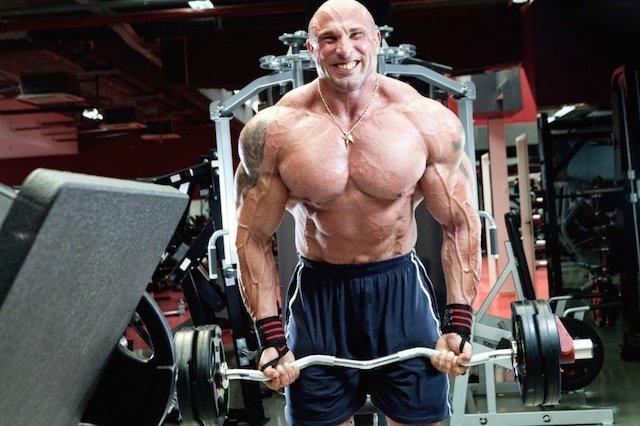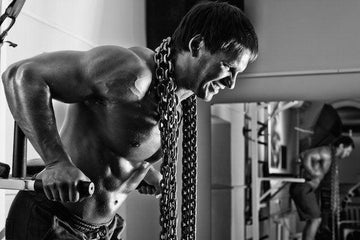

Changing Exercises and Repetition Speed Better for Muscle Mass
Table of Contents
| Changing Exercises and Repetition Speed Better for Muscle Mass |
by: Robbie Durand
If you go to the gym, many people will see the same people doing the same exercises over and over again. There have been several previous Mr. Olympia’s which do not believe in changing their workout routine, but should you change your routine. The regions of muscle that encounter the greatest muscle activation and stress may also experience the largest increase in muscle growth. A previous study in 2014 reported that 7 weeks of heavy training that combined partial and the full range of motion squats resulted in greater strength gains compared to full squat only training. Heavy-load (relatively slow-speed) strength training and lighter-load (relatively fast speed) power training are both effective training modalities for increasing strength capacity, muscular power, maximal speed, and athletic performance. This suggests that a combination of exercises with different muscle contractions may be best for increasing muscle growth and size. Researchers wanted to examine if changing the exercises and contractions had an impact on muscle growth. The purpose of the current study was to compare intermuscular and intramuscular quadriceps adaptations to high-load strength training and fast-speed power training. This study was the first to examine the influence of external load and speed of movement on these adaptations.
Thirty-six non-strength-trained men were randomly assigned to four groups and completed 8 week of training. The subjects were assigned to:
–Parallel-depth heavy squat-lift training. The subjects in the Parallel-depth heavy squat-lift training group performed squats to a parallel-depth during which their form was strictly monitored.
–Parallel-depth jump squat training. Parallel-depth heavy squat-lift was performed with loads between 75% and 90% of 1RM load (day 1, three sets three repetitions at 90%; day 2, three sets of eight repetitions at 75%; day 3, three sets of six repetitions at 80%).
–Volitional-depth jumps squat training. Subjects in the Volitional-depth jump squat training performed jump squats with loads between 0% and 30% of their 1RM load (day 1, seven sets of six repetitions at 0%; day 2, five sets of five repetitions at 30%; day 3, seven sets of six repetitions at 0%).
-No training.

At the end of the study, the researchers found that each exercise resulted in different increases in muscle growth of the quadriceps. No single exercise was considered the best for stimulating muscle growth as each exercise resulted in different increases in muscle hypertrophy in different sections of the leg. Such selective hypertrophy is speculated to be biomechanically beneficial to high-force or high-power movements used in training. This suggests that there is regional muscle hypertrophy that occurs with stressing the muscle fibers from different muscle angles.
Earp JE, Newton RU, Cormie P, Blazevich AJ. Inhomogeneous Quadriceps Femoris Hypertrophy in Response to Strength and Power Training. Med Sci Sports Exerc. 2015 Nov;47(11):2389-97.
Bazyler, CD, Sato, K, Wassinger, C A, Lamont, HS, Stone, MH. The Efficacy of Incorporating Partial Squats in Maximal Strength Training. 2014. Journal of Strength and Conditioning Research. 28(11): 3024-3032.
MUSCLE MEDIA MAGAZINE FOR MEN
The premier source of training, nutrition, supplements, fat loss and health for men.
















